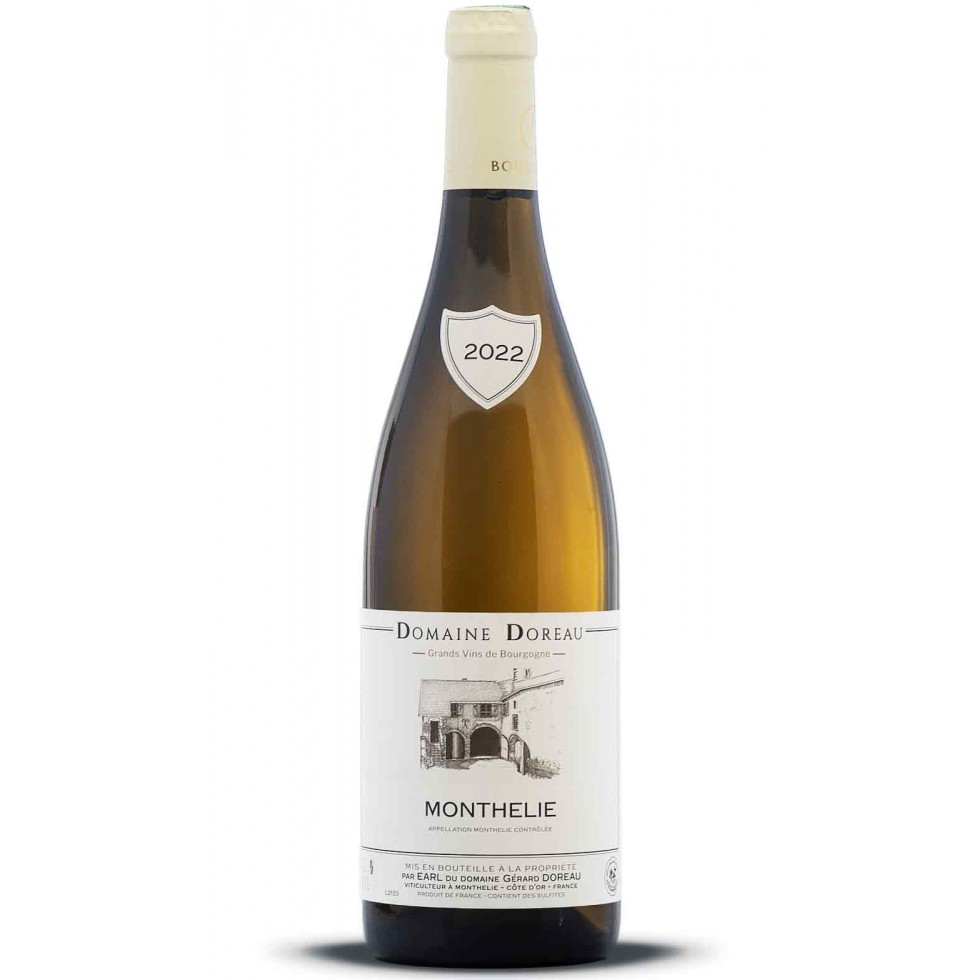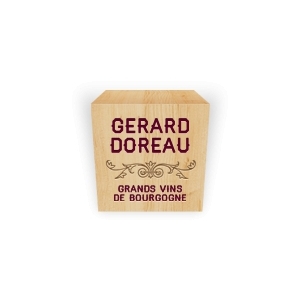appellation
Monthélie
Characteristics of the wines
The red Monthélie has a beautiful ruby colour. Its aromas express small red and black fruits (cherry, blackcurrant), sometimes floral notes (violet, peony), oriented with age on the undergrowth, fern and spices. Firm and velvety, its flesh rests on fine tannins. He shares with Volnay the image of a feminine wine.
The white Monthélie is a close cousin of the Meursault, with a beautiful golden colour. With vanilla accents, it evokes white flowers (hawthorn), Reinette apple, fresh hazelnut. Its palate offers a mellow flavour enhanced by the necessary acidity that is the hallmark of great white wines.
Sommelier's tip
Red: velvety and quite firm, its tannins should be accompanied by fairly round meats in the mouth, why not with some crispy impressions: roast poultry, in the thigh as well as in the fillet, roast lamb, rabbit. Roasted offal, such as sweetbreads, liver or grilled andouillettes will appreciate the firmness of Monthélie, meat pies will also enjoy this pairing. For the cheese, Brillat-Savarin, Brie, Reblochon.
Serving temperature: 15 °C.
White: its mellow and ample flavour will be filled by "al dente" shrimps, just seared, and fish tagines, whose multiple textures will echo that of the wine, supple and lively at the same time. It goes well with blue cheeses: Roquefort, Bleu de Bresse or Auvergne, but also with Époisses and Livarot.
Serving temperature: 12 °C.
Situation
On the balcony of the first reliefs of the Côte de Beaune, Monthélie (known as Month'lie) is located between Volnay and Meursault.
"Picturesquely nestled against the curve of the hill like the head of Saint John in the hollow of Christ's shoulder, Monthélie resembles a village in Tuscany," writes Pierre Poupon.
Sloping and constricted, rich in a castle, old houses and good cellars, this beautiful village was for a long time placed under the authority of the Abbey of Cluny.
"A hen dies of hunger during the harvest", says the proverb: the vine has always filled the landscape. Today, the personality of its wines is fully asserted. The AOC was established in 1937.
Terroirs
Facing south and south-east, born of Bathonian gravelly limestone covered with red clay and marl, the vines of Monthélie extend over the "Volnay hillside" as well as in the Auxey-Duresses valley with Aargau limestone and an eastern or western exposure depending on the slopes (between 230 and 370 metres above sea level).
List of climats and localities of this appellation
Climats classified as 1er cru
- Clos des Toisières
- The Taupine
- The Rougeot case
- Le Château Gaillard
- The Clos Gauthey
- The Oak Nail
- The Meix Battle
- The Village
- The Barbières
- The Fulliots Fields
- The Nails
- The Hard Ones
- The Riottes
- The Round Vines
- On the Velle
-
Category
Appellation Village
-
Wine region
VINEYARDS OF THE CÔTE DE BEAUNE
-
Information
Village appellation of the Côte de Beaune, in Côte-d'Or (AOC).
This appellation includes 15 Climats classified as Premier Cru.
Municipality of production: Monthélie.
The appellations MONTHÉLIE and MONTHÉLIE PREMIER CRU may or may not be followed by the name of their climate of origin.
-
Area in production
Area in production*:
1 hectare (ha) = 10,000 m2 = 24 hectares
Reds: 109.21 ha
(including 34.81 ha in Premier Cru)
Whites: 13.80 ha
(including 1.80 ha in Premier Cru)
Mainly red wines, Pinot Noir grape variety.
White wines, Chardonnay grape variety.
Source: BIVB




